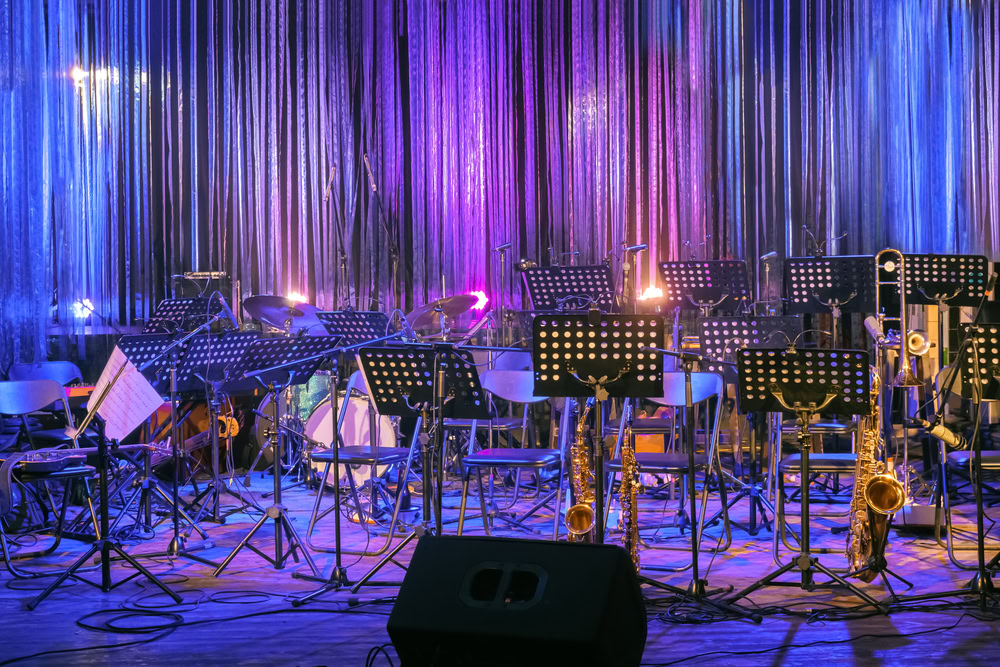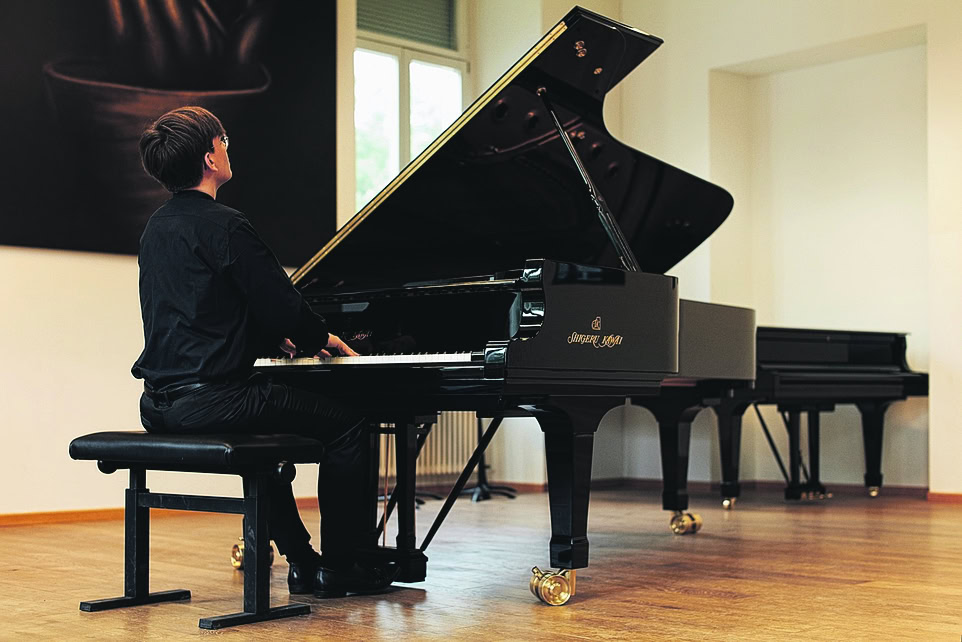Performing an Inuit Environmentalism?
The dissertation examines the extent to which Inuit ontologies and epistemologies are reflected in the repertoire, the performance context and the everyday function of Katajjaq or Katajjaniq.
In the Inuit throat singing game - called katajjaq in the Nunavut region or katajjaniq in the Nunavik region - two people - traditionally women - stand very close to each other. Sometimes they also hold each other by the shoulders or arms. The "leader" begins to sing a rhythmic sound motif, which is either imitated by the second person (canon) or answered with a second motif (call-and-response). The first person to fall out of rhythm, the first to run out of breath or the first to start laughing loses the game.
The throat singing technique used in katajjaq or katajjaniq results from a combination of voiced and unvoiced sounds on the inhalation and exhalation. The resulting body vibrations are also used to rock babies to sleep when they are carried on their backs.
Christian missionary efforts and colonial assimilation strategies led to the almost complete disappearance of Inuit throat singing and Katajjaq or Katajjaniq through the suppression of cultural expressions. Efforts to revive the tradition led to the declaration of Katajjaniq as part of Quebec's Intangible Heritage in 2014. Nevertheless, there have been changes in the performance context, everyday function and repertoire in recent decades.
Instead of being traditionally performed by two singers in the context of a game or as a shamanic ritual to positively influence the hunt, katajjaq or katajjaniq is currently practiced by one to four people as a leisure activity, to express their own Inuit identity or to spread activist causes such as the promotion of the Inuit sealing industry. In addition, Inuit throat singers are increasingly mixing traditional elements, techniques and songs of katajjaq and katajjaniq with other forms of music.
However, a central aspect of Katajjaq or Katajjaniq is still the imitation of nature, animal and everyday sounds, as reflected in the names of traditional songs. For example, the song Qimmirulapik (Poor little puppy) describes the relationship between an Inuk hunter and one of her sled dogs. The influence of the personal relationship "to the land" and thus local places is also evident in the respective song repertoire. The song The Walrus to be sung in the Katajjaq in Nunavut, but not in the Katajjaniq in Nunavik.
The dissertation, which is being written in the field of Cultural Anthropology of Music at the University of Bern, therefore examines the following question: What influence does the personal relationship "to the land" as well as Inuit ontologies and epistemologies - especially with regard to the relationship between humans, nature and more-than-human - have on the repertoire, the performance context and the everyday function of Katajjaq or Katajjaniq? In this context, the question also arises as to whether and to what extent these are changing due to the effects of climate change in the Arctic, due to relocation to the southern urban cities of Montréal and Ottawa or due to the increasing use of social media.
The priority of Canadian Inuit organizations and Inuit throat singers is the preservation, transmission and awareness raising of Katajjaq or Katajjaniq as a traditional Inuit throat singing game. Since the research collaboration with Inuit throat singers is a central aspect of the work, one goal of the project is therefore the creation of a jointly operated website. Videos, sound recordings, interviews, information and research contributions can be collected there.
The link refers to the publication "La Musique qui vient du froid. Arts, chants et danses des Inuit" on the website Les Presses de l'Université de Montréal, where you can find publicly accessible audio samples and videos of Katajjaq.
pum.umontreal.ca/catalogue/la_musique_qui_vient_du_froid/contenusupplementaire








